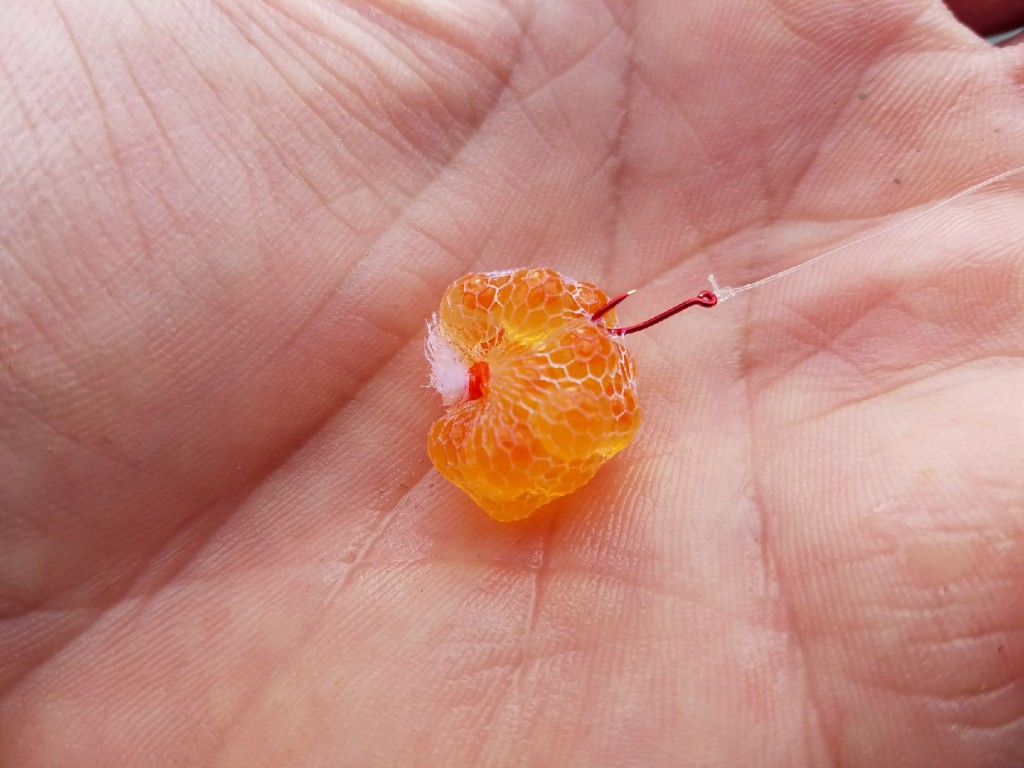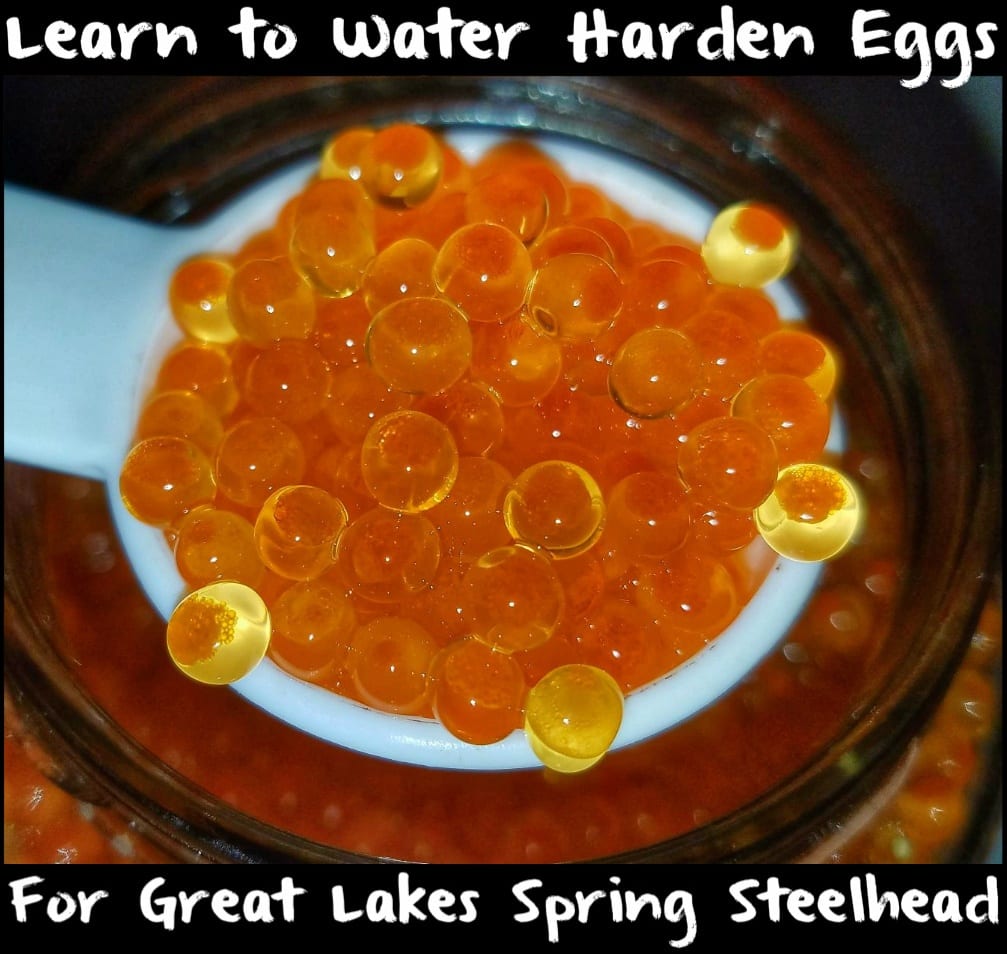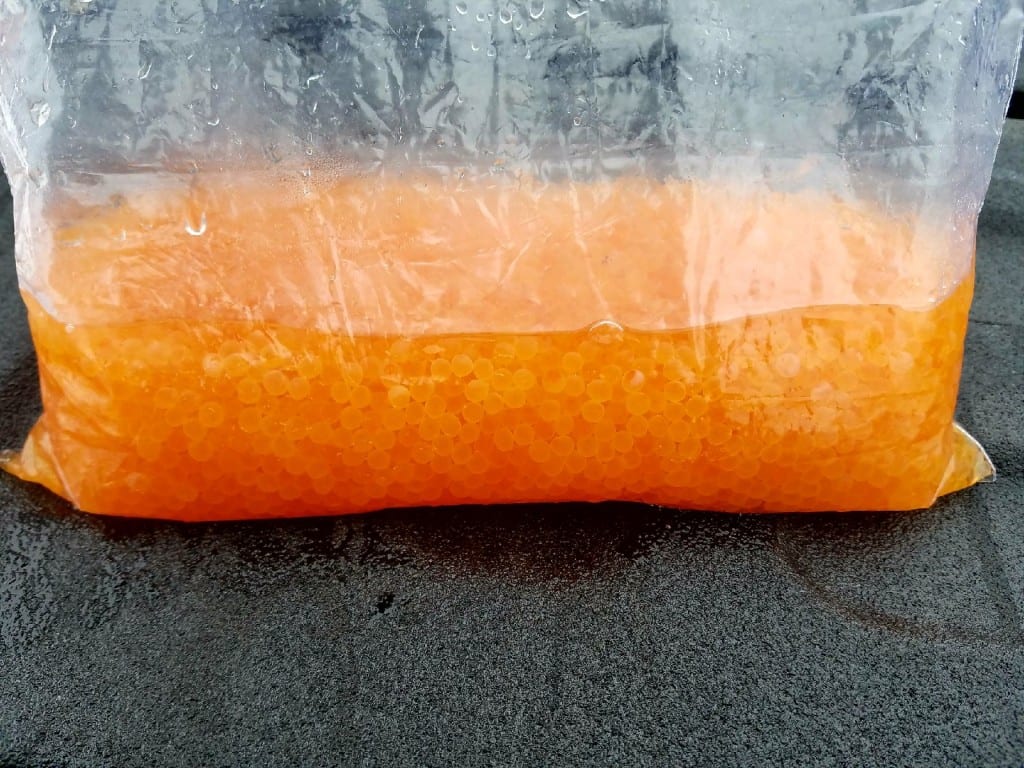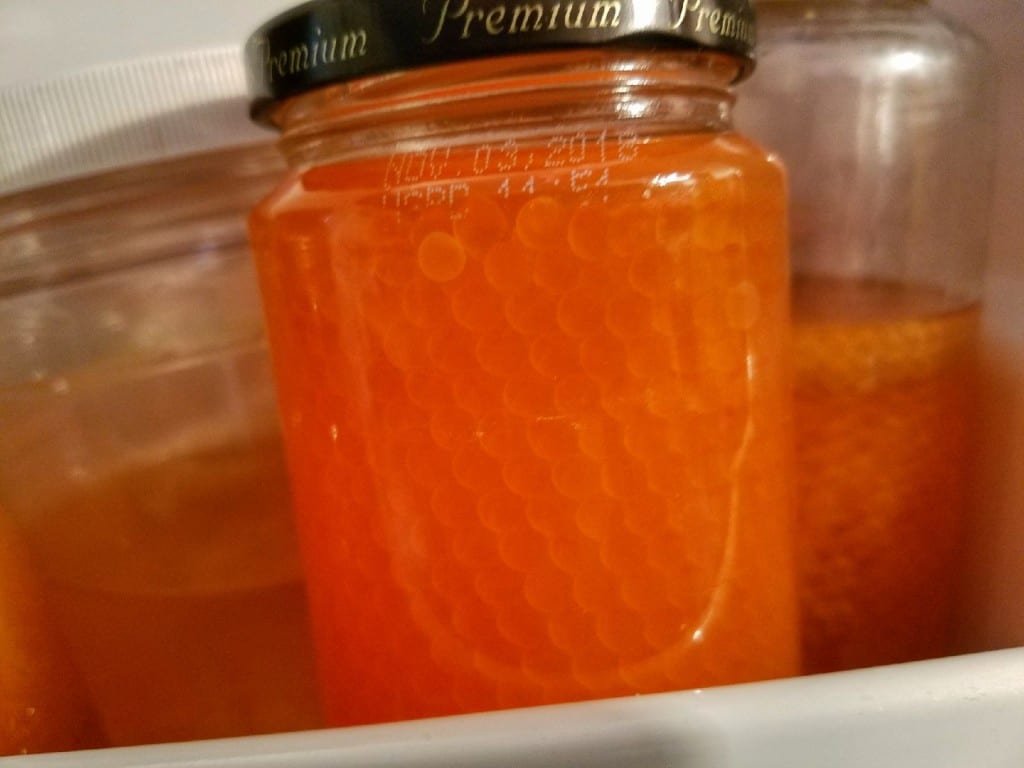Steelhead
Learn to Water Harden Eggs for Great Lakes Spring Steelhead
By: James Swearingen
As we transition from winter to spring I prefer using trout/steelhead eggs when targeting spring steelhead. I believe steelhead eggs are effective because that’s what the fish are keying in on. This is natural food source and something they see on a regular basis this time of year. Many anglers use powdered cures on their eggs – and I do, too – but when I want to fish trout or steelhead eggs I opt to use a wet brine.
Wet brine tightens the eggs up better and makes them bouncier. Brined eggs maintain shape and are more durable. For example, the eggs don’t break when you come in contact with wood in the water or rocks on the shoreline. A wet brine is the simplest and fastest way to get quality, long-lasting and fishable eggs for Great Lakes spring steelhead.

This brine is simple, yet effective and a cure I use for exclusively on loose or single eggs only. That means this is what I use when I’m curing single eggs from a steelhead or brown trout. I don’t use this to cure skein.

The process is super easy. When I catch a fish and I know she’s dropping eggs I’ll put them in a Ziploc. I don’t milk the fish because that could injure her. Since I plan on releasing her we don’t to harm the fish. Once she’s done dropping the eggs I’ll then fill the bag up with creek water to water harden the eggs. You want to put just enough water to cover the eggs. I keep the water in there until I get home. Adding the water toughens the egg’s membrane. In return this will give you a tighter, rounder, fuller egg sack.
Once I get home I’ll place the eggs in the strainer. Personally I always use a plastic strainer. I’ve been told metal strainers can taint eggs. Make sure you don’t put tap water on them. Tap water makes the eggs cloudy (and contains chlorine and fluoride).

At this point I’ll place the eggs I a mason jar and add Natural Fire Brine. Make sure you leave space at the top of the jar. As the eggs absorb the Fire Brine they will expand to their maximum size. Fire Brine toughens up the egg while also preserving its natural color and prolonging the life of the egg.

Normally, the Fire Brine eggs are ready to fish in 12 hours. However, I also use the Fire Brine for storage. Whatever eggs I’m not going to tie and use that day I’ll leave in the Mason jar and keep in the fridge. I’ve kept them in there (in the brine) for over a year, took them out, tied them in sacks and caught fish with them like they were 12 hours old.
Brined eggs consistently out-fish fresh eggs. With fresh eggs you only get a few drifts before they start turning white and lose their color. With these Fire Brine eggs I’ve been known to get 15-20 drifts before noticing the eggs starting to fade to white. At that point this is when you know it’s time to put on new egg sack.
I prefer using Natural Fire Brine when the water is low and clear. If there’s any color to the water I’ll use Orange and Pink Fire Brine. The other thing that’s nice about using those colors is the eggs are UV and stand out in dirty or stained water.

Editor’s Note: James Swearingen is the founder of Steel City Anglers. To follow his adventures please visit https://www.facebook.com/SteelCityAngler412.








